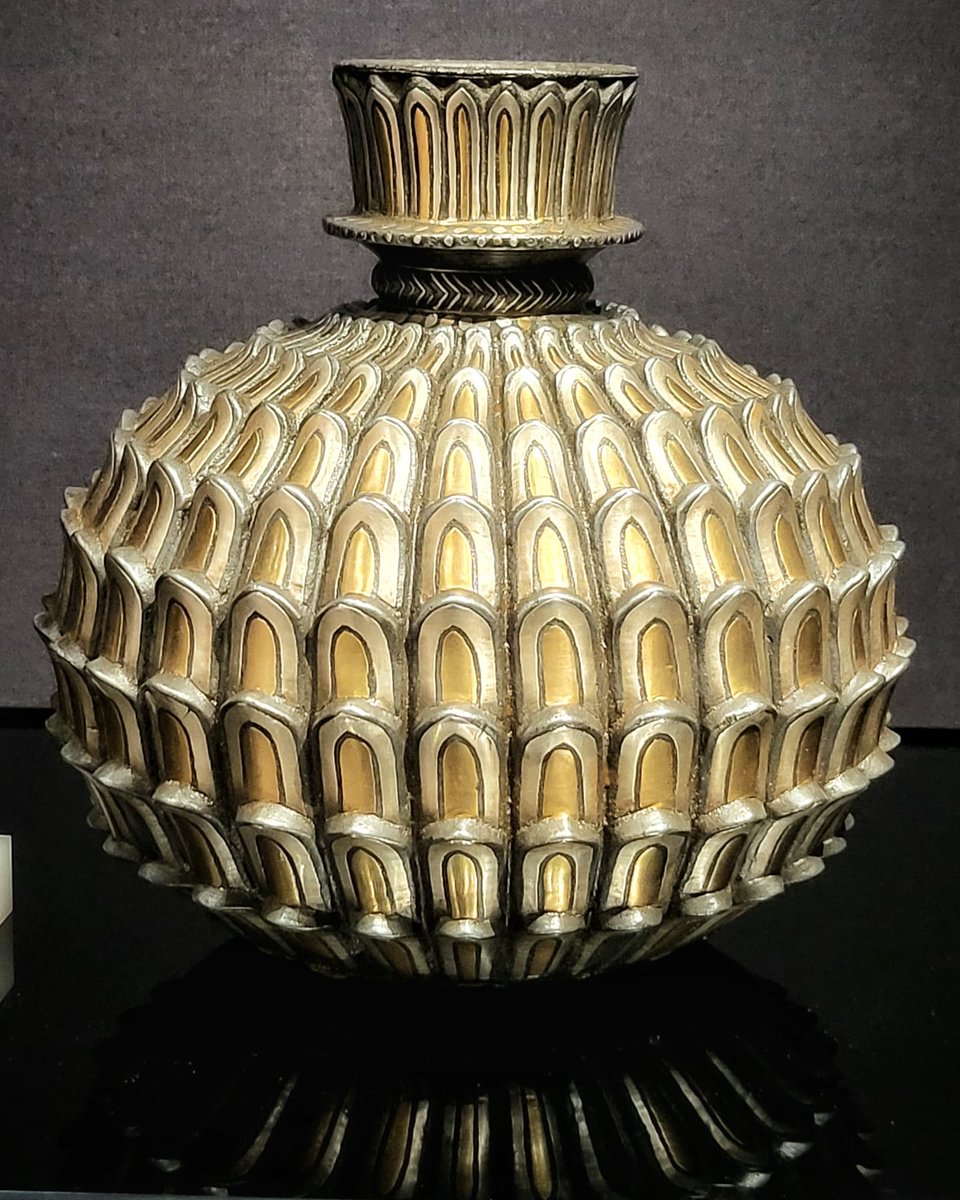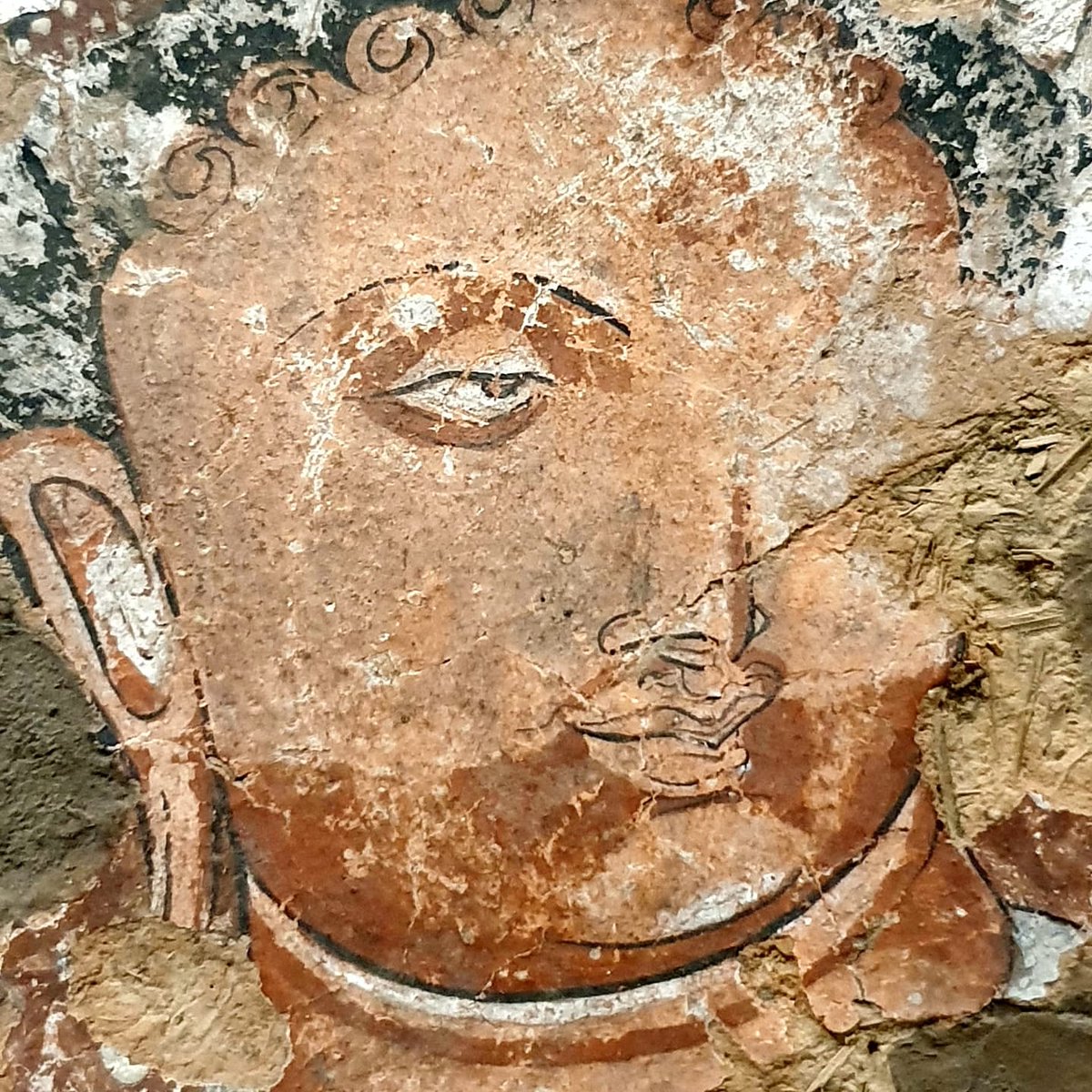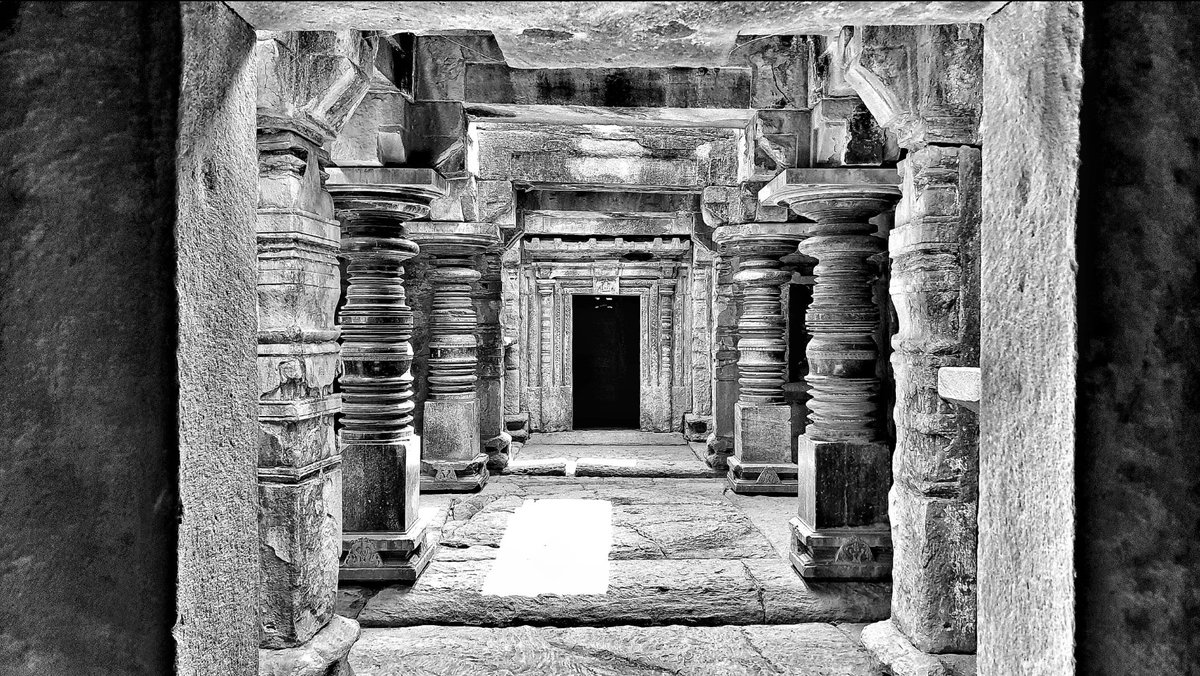
Here is a piece I wrote on some of my favourite early Buddhist monastic sites
India’s ancient cave monasteries
To the north of Pune lie rock-cut complexes as startling as Petra but completely overlooked by tourists
ft.com/content/e0ce28…
India’s ancient cave monasteries
To the north of Pune lie rock-cut complexes as startling as Petra but completely overlooked by tourists
ft.com/content/e0ce28…
"Open at one end, and entered by a magnificent 9m-tall horseshoe-arch, it still miraculously preserves its ancient wooden roof beams, like the wrecked keel of a prehistoric ark. These wooden shards crown one of the oldest rooms in the world..."
"Carved window frames, blind arches and tiers of fretwork mouldings give way to bamboo railings and balconies out of which half-naked Satavahana men and women peer, as if gazing out arm in arm from the terrace of their apartment block, surveying the valley below..."
"These cells and monastic debating halls were already 200 years old when Augustus started the rebuilding of Rome, or when Jesus of Nazareth led his first disciples into the fastness of the Judaean hills..."
"These amazing masterworks of early Buddhist art and architecture are the prototypes of the forms that would later spread over the Himalayas to Afghanistan, China and Japan, or by sea to Sri Lanka, Myanmar, Thailand, Cambodia, and the rest of southeast Asia..."
"The roots of all this lie scattered around these stark Maharashtrian hills, alone among the precipices and dragon’s back peaks, apparently forgotten and ignored by all."
• • •
Missing some Tweet in this thread? You can try to
force a refresh





















